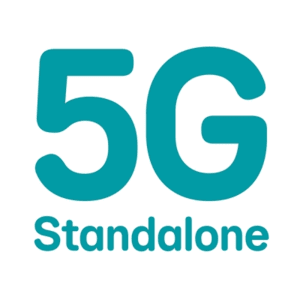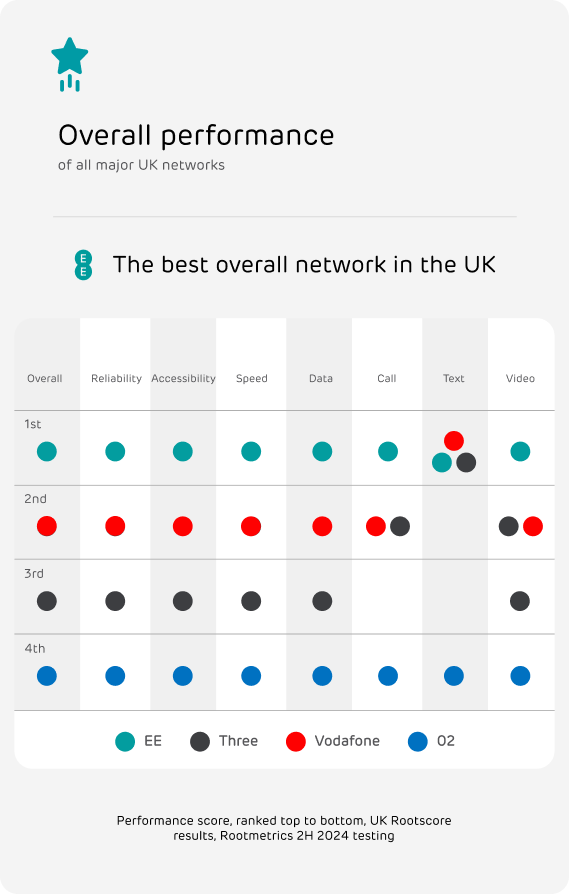
We’re the UK’s most reliable network
That’s why the Emergency Services use EE. Over 300,000 people across the Police, Fire and Rescue, and Ambulance services depend on our services.
Why we’ve got the UK’s best network
We’ve been the UK’s best mobile network for 11.5 years in a row. We’re also rated the most reliable and fastest network.











